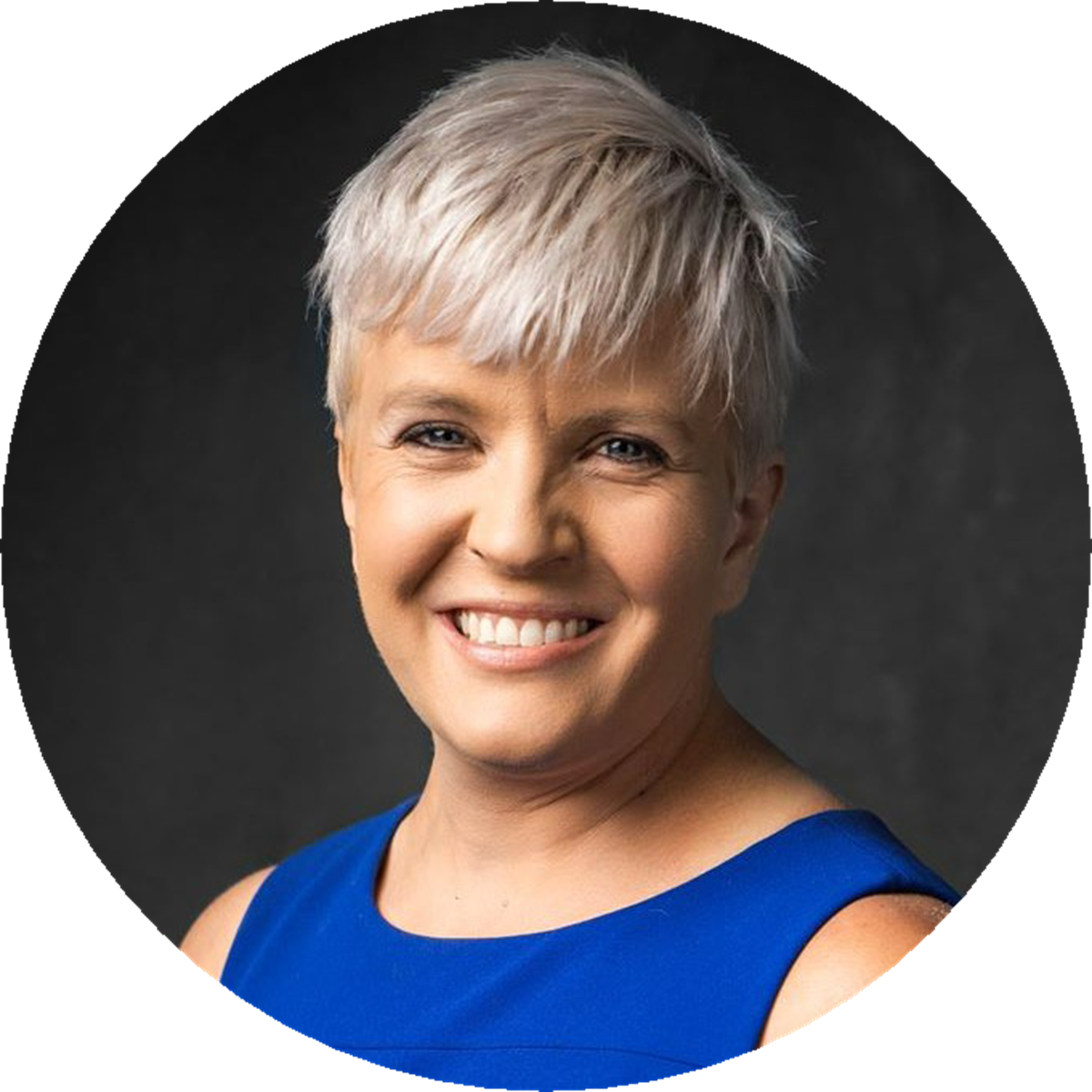About The 2023 EY-Parthenon and KLAS Payer Tech Study
Health care payers face many challenges that are fundamentally affecting their core business model – higher than expected medical costs from rising demand for health care services and specialty drugs, disruption from employers’ move to self-insurance and providers taking on more risk, increased competition from big tech and an increasingly stringent regulatory landscape. Combined, these macroeconomic forces and industry trends are putting pressures on payer margins, forcing them to re-consider their cost models and growth options, and re-evaluate the underlying capabilities that enable them to achieve these.
With these trends in mind, EY-Parthenon professionals and KLAS Research interviewed and surveyed executives from a diverse mix of payers – across types (traditional vs. provider sponsored vs. tech-first), sizes and scope of coverage (nationals, regionals, Blues, etc.) and lines of business (LoB) – to understand their overall strategic priorities, the impact on spend for health care IT (HCIT) solutions, and the future outlook for specific subsegments of solutions.
Though cost is currently top of mind, payers are also focused on long-term growth; strategies for growth vary from LoB expansion to business model expansion, with the preferred strategy being closely correlated to payer size and the inherent access to resources and capital.
A key for us will be streamlining our processes using both technology and AI to help drive our automation. That is one of our priorities because we have fallen behind on it. We still have a lot of manual report deliveries, manual processes, and manual validation tools. We want to decrease our application stack, and automation is a driver of that.
HCIT investment questions that the report can help answer
The 2023 EY-Parthenon and KLAS Research Payer Tech Study report can shed additional light on the following questions that may be useful for a range of stakeholders within the health care ecosystem:
Acknowledgements and contributions
The authors would like to thank the following team members for their invaluable contributions: subject-matter advisors Mallory Caldwell, Melinda Durr, Dan Shoenholz and Abby Johnson of Ernst & Young LLP. EY-Parthenon research contributors Chantel Brown, Caroline Skinner, Nickolas G. Monterroso, Fedjine M. Victor and Max J. Fuster. KLAS Research contributors Aurene Wilford, Joe Van De Graaff, Rebecca Hammond and Joel Sanchez.
We thank all survey respondents and interviewees for their contributions to this initiative.
Produced in collaboration with KLAS Research.
The team

Anirudh Goel
Principal, EY-Parthenon, Ernst & Young LLP

Deblina Ghosh
Principal, EY-Parthenon, Ernst & Young LLP

Niyati Upadhyayula
Director, EY-Parthenon, Ernst & Young LLP

Jennifer Hickenlooper
Senior Insights Director, KLAS Research

Ruirui Sun, Ph.D.,
Insights Manager, KLAS Research

